Our journey with Holacracy
In April this year, Future Considerations moved to Holacracy as our organisational operating system.
I wanted to share some initial reflections on this journey for the sake of learning among our community of readers – both those familiar with Holacracy and those trying to redesign their organisations in other ways to bring about agility, innovation and purposefulness, and to unleash the energy and “wholeness” of their people.
Holacracy has had some mixed press recently – for example this article about Medium’s decision to drop it – so I wanted to share my perspective on why we’ve opted for it and what we’re learning early on.
To vastly oversimplify the world of organisational design, most organisations making the move to Holacracy, or something similar, are probably coming from one of two places:
- Feeling the pain of bureaucracy and overly-rigid hierarchy, complex (perhaps matrix) structures, annual goal-setting that seems out-of-date within a quarter, and decision-making far removed from those closest to the customer (in evolutionary terms, feeling the negatives of “orange”)
Or
- Feeling the pain of too-inclusive, too-consensus-based and overly-flat organisation, with slow, lowest-common-denominator decision-making and insufficient attention to healthy hierarchies (like competence and expertise) that might best serve innovation and customers (feeling the negatives of “green”)
 It was a bit of the latter (particularly in our work beyond client projects – work that builds our shared future) that prompted Future Considerations to make the leap.
It was a bit of the latter (particularly in our work beyond client projects – work that builds our shared future) that prompted Future Considerations to make the leap.
But for many of our larger organisational clients – those feeling that fresh ideas, speed and market-responsiveness are hard in their groaning matrix structures – it may have been the former.
I’ve been a tentative fan of Holacracy, from the sidelines, for some years now. I’ve seen it in client systems and we had experimented with fragments of it in Future Considerations. For me, Holacracy is not the Holy Grail of organisational design. (I doubt one exists.) But I believe it is a very useful scaffolding for an organisation to learn to move from Orange/Green towards Teal. In particular, it creates the necessary structures for self-organisation, rapid and dynamic steering and transparency.
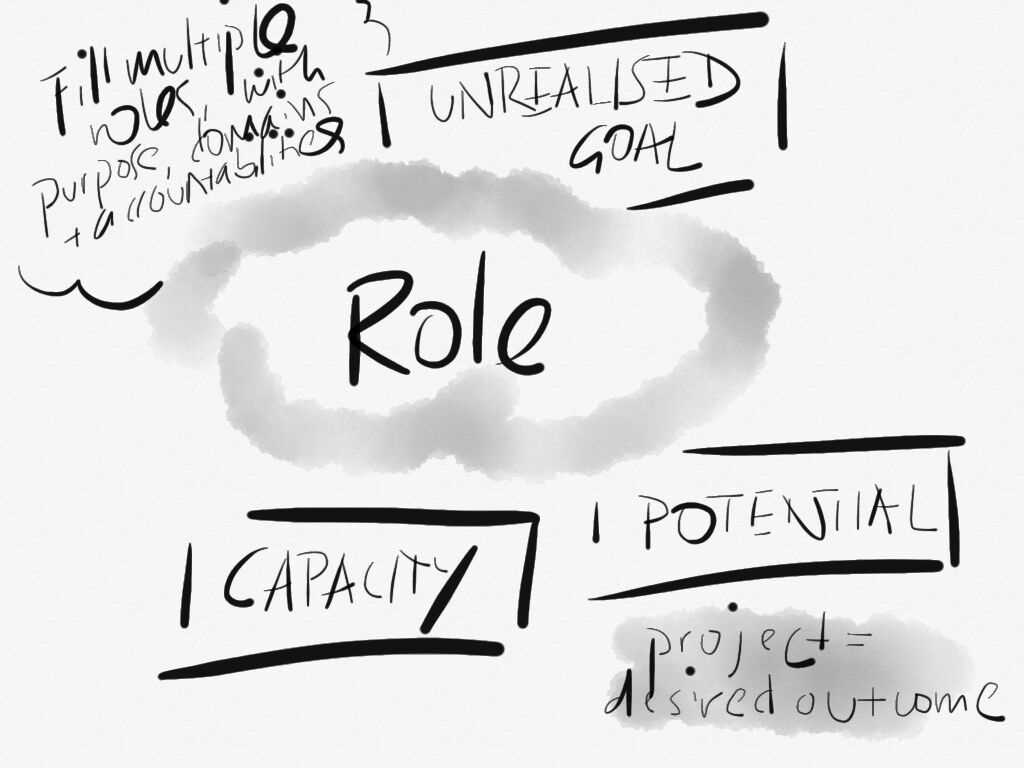 As I reflect on it two months into our journey, there are a few things that I’m beginning to appreciate as the genius of Holacracy – which I hope we would keep even if we one day moved on from the Holacracy structure:
As I reflect on it two months into our journey, there are a few things that I’m beginning to appreciate as the genius of Holacracy – which I hope we would keep even if we one day moved on from the Holacracy structure:
- Power of anyone, any time to tweak the organisation to move us towards our goals and purpose. Holacracy is built on the idea that everyone in the organisation – from those closest to the customer to those furthest removed – is constantly sensing “tensions” – any gap between what is and what could be. Addressing these “tensions” is simply how the organisation moves towards its goals and its purpose. Holacracy provides clear avenues to rapidly do this. And what’s great (from my perspective as a Lead Link tasked with allocating scarce resources) is that, while anyone can bring a “tension” to the appropriate “circle” for processing, the Lead Link of that circle still has choice about how, and when, to allocate resource meet the agreed need. So, for example, in one of our first meetings, a member of the team sensed a tension that we weren’t doing enough to assess and steer the broader impact of our client work – not just on our client organisations, but on broader society and hence on the full application of Future Considerations’ purpose. The proposal for an Impact Steward role went through a rapid yet rigorous decision-making process, was tweaked with input, and warmly adopted. Now, as Lead Link of the general company circle, I need to allocate someone to that role – an allocation I’m doing in tandem with other roles that need filling – so that it fits the overall strategy of where we allocate our resources. So it’s not “anything goes”, but it is absolutely empowering people throughout the system to act on what they sense and turn it into collective action. The organisation continually morphs towards one more fit-for-purpose without the need for an onerous annual goal-setting process or big re-orgs, drawing on the wisdom throughout the system. (And there are even ways to process the tensions between meetings.)
- Distributing traditional leadership roles. Barry Oshry reminds us that “Tops” in organisations are systemically very likely to get overwhelmed. Their tendency to “suck it up” when this happens can be crippling for the organisation. In a move that might at first seem bureaucratic but I’ve come to appreciate as a spark of deep wisdom, Holacracy splits the roles in any circle of Lead Link, Facilitator and Secretary. So different people are deciding how often and for how long meetings should happen (Secretary), running the meetings (Facilitators) and holding overall strategic focus and resource allocation (Lead Link). Other roles traditionally assigned to the team leader or “boss” can also be created. That means that an overwhelmed team leader whose busy-ness means that the team doesn’t meet often enough, doesn’t stay agile, or in whom too much power is centralised because they play the role of facilitator and thereby constrain certain input – instead has that role spread. Leadership is not the domain of the single leader – indeed, anyone can and should exercise leadership whenever they spot a tension (see the point above).
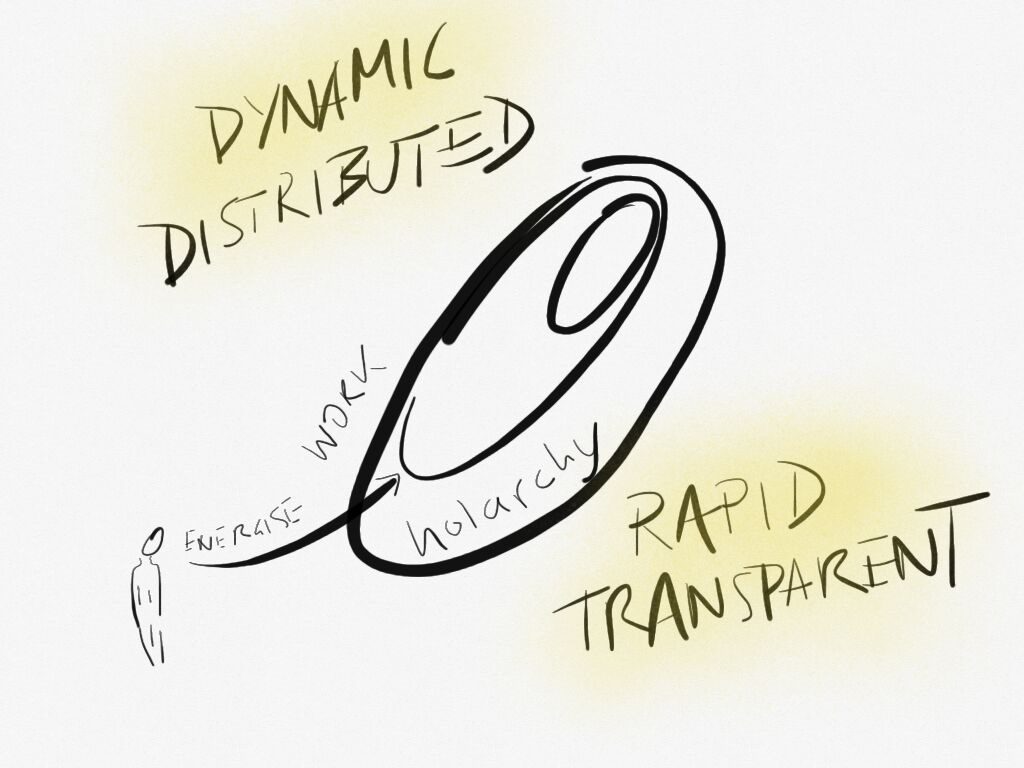
- The power of transparency. A huge benefit of Holacracy, in my view, has been the use of GlassFrog as a visual tool for everyone to see the very latest roles, accountabilities, decisions and policies throughout the organisation. Since roles are constantly being evolved (see the point about processing tensions, above), it’s hugely powerful to have these all visible in one place. As agreements (“policies”) are made, team metrics or checklist items are agreed upon, new roles or circles created, and new accountabilities added to a role, these are instantly visible to everyone in a dynamic online system. Since ours is still in early evolution, we’re not sharing it yet, but a mature example can be seen here.
- The separation between roles and people. Many of our large-organisation clients are already doing this, but Holacracy takes it to the next level. No longer is an individual defined by their job. One individual may have many roles (GlassFrog says I have 9, currently), and one role could be filled by multiple people. This makes it far easier to move resource dynamically to wherever it’s most needed – as the rule rather than an exception – and allows people to continually sculpt their work around business need and passion.
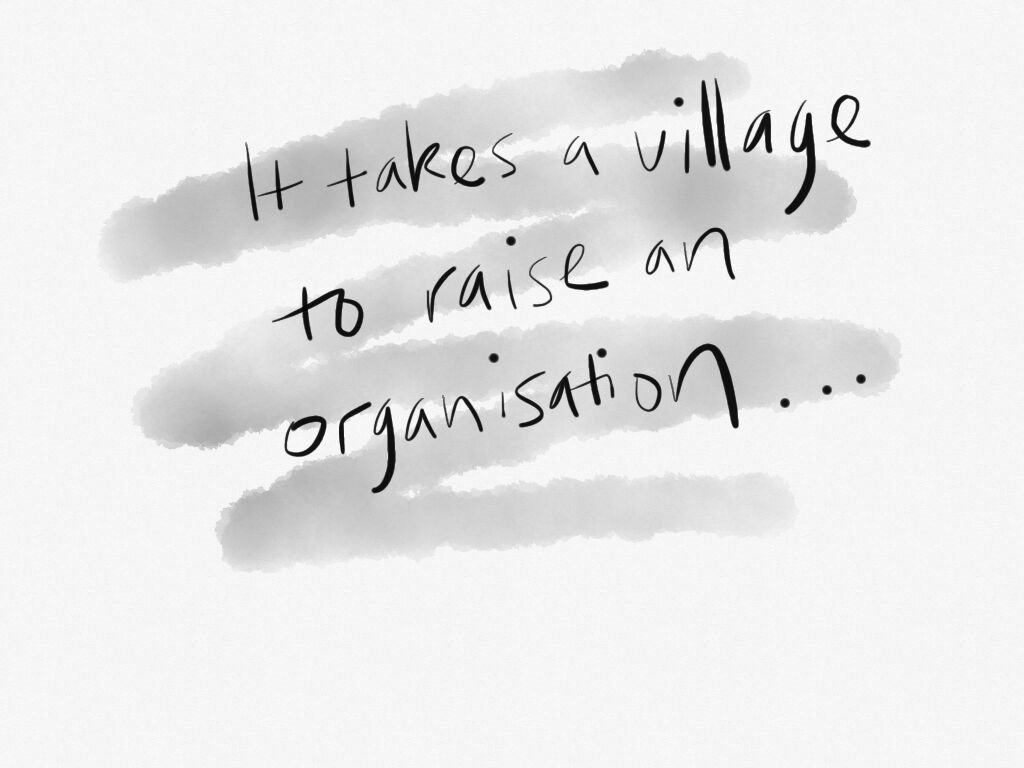 There are many other benefits of Holacracy – and a number of criticisms, some of which I have some sympathy with. But I do believe it’s playing a really useful role for us in areas such as those listed above – and I hope that the more “mainstream” world of organisational design learns many of these lessons and finds ways to implement them too.
There are many other benefits of Holacracy – and a number of criticisms, some of which I have some sympathy with. But I do believe it’s playing a really useful role for us in areas such as those listed above – and I hope that the more “mainstream” world of organisational design learns many of these lessons and finds ways to implement them too.
I hope that they can become more “Teal”, more agile and more finely in service of the needs of their customers and other stakeholders – with or without the scaffolding that Holacracy provides.
You can read more on the team’s reflections following our Holacracy 2 day training ‘launch’ with Evolving Organisations in April.

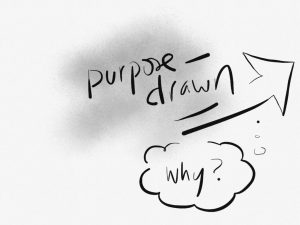
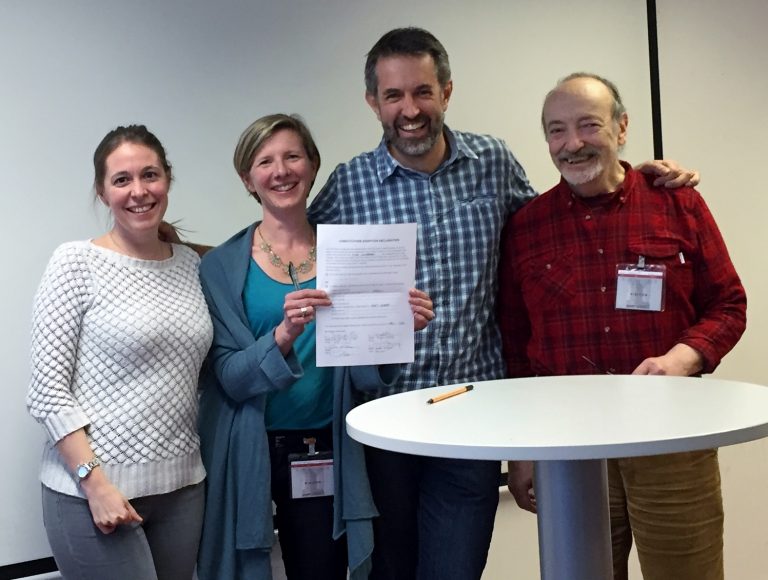

Leave a Reply